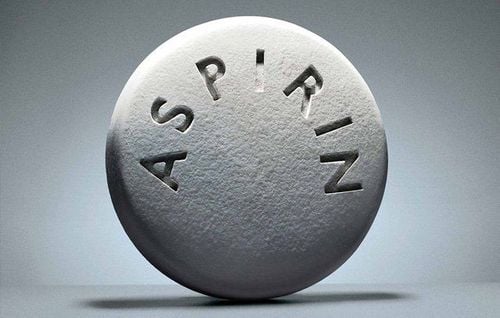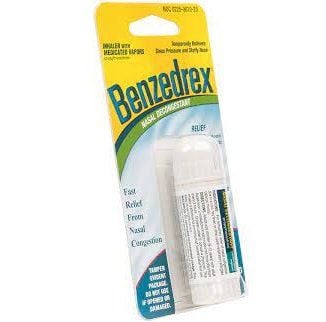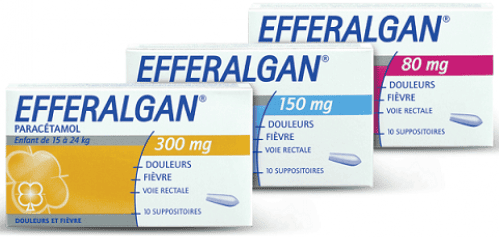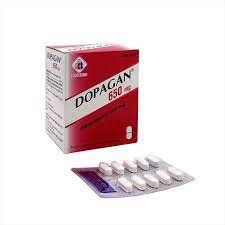This is an automatically translated article.
What is Partamol 250, is it a pain reliever and fever reducer? In fact, Partamol 250 is an analgesic and antipyretic drug whose main ingredient is Paracetamol.1. What is Partamol 250?
Partamol 250 belongs to another group of pain relievers and antipyretics, with the main ingredient being Paracetamol 250mg. Paracetamol has analgesic and antipyretic effects with the same mechanism as salicylates. Similar to aspirin, paracetamol also helps reduce pain and fever effectively but has no anti-inflammatory effect and has less impact on the cardiovascular and respiratory systems. Partamol 250 is prepared in the form of effervescent powdered nuggets and is indicated for use in cases of fever and mild to moderate pain relief. The drug is used in patients with intolerance or contraindications to salicylates.2. Usage and dosage of Partamol 250
Partamol 250 is taken orally, put the packet of effervescent nuggets into a glass of water, the drug will quickly be completely dissolved to drink.
Dosage of Partamol 250 specifically for each age group is as follows:
Adults: 0.5 - 1g / time (equivalent to 2 - 4 packs / time), used 4-6 hours apart, the maximum dose is not not exceed 4g/day. Children from 12 to 18 years old: 0.5g/time (equivalent to 2 sachets/time), use 4-6 hours apart. Children from 6 to 12 years old: 0.25 - 0.5g/time (equivalent to 1-2 sachets/time), used 4-6 hours apart, the maximum dose of Partamol 250 should not exceed 4 times/day. Children from 1 to 6 years old: 0.125 - 0.25g/time (equivalent to 1⁄2 - 1 pack/time), used 4-6 hours apart, the maximum dose should not exceed 4 times/day. Note, for children, Partamol 250 should not be used to relieve pain for more than 5 days or reduce fever when the patient's fever is too high (more than 39.5°C) or the fever persists for more than 3 days or the fever recurs.
3. Side effects of Partamol 250
Partamol rarely causes unwanted side effects, if any are usually mild and transient. Here are some possible side effects of Partamol 250:
Respiratory: Asthma. Hematopoietic system: Thrombocytopenia, leukocytes, neutrophils, pancytopenia, agranulocytosis. Kidney: Causes nephrotoxicity (only occurs when taking high doses and long-term paracetamol). Hypersensitivity reactions: Rash, angioedema. If you see any strange symptoms after taking Partamol 250, the patient should immediately notify the doctor.
4. Some notes when taking Partamol 250
Do not use Partamol 250 in people with hypersensitivity to paracetamol and its ingredients, people with liver, kidney, heart or lung disease, people with G6PD deficiency.
At normal therapeutic doses, Partamol 250 rarely causes toxicity. However, as mentioned above, in rare cases, hypersensitivity reactions such as urticaria, pruritus, angioedema, and laryngeal edema may occur. Therefore, if you see signs of hypersensitivity to the drug, the patient should immediately notify the doctor.
Partamol 250 contains aspartame, which may be harmful to people with phenylketonuria. Therefore, the drug should be used with caution in this group of subjects.
People with anemia need to be careful when using Partamol 250, because the drug can mask cyanosis of the skin and mucous membranes.
While taking Partamol 250, the patient should not drink alcohol and together with alcohol, paracetamol in the drug will cause liver toxicity.
People with kidney failure, liver failure need to be careful when using Partamol.
Before taking Partamol 250, patients should be warned about serious skin reactions such as Stevens-Johnson syndrome, Lyell syndrome, toxic skin necrosis syndrome or acute generalized pustular rash syndrome. count.
Do not use Partamol 250 in people with fructose intolerance, sucrase-isomaltase deficiency or glucose-galactose malabsorption, because the drug contains sucrose. Partamol 250 may interact and slightly increase the anticoagulant effect of coumarin anticoagulants and indandion derivatives if taken for a long time and in high doses.
If the patient is taking Partamol 250 with phenothiazines or other hypothermia therapies, caution should be exercised as severe hypothermia may occur.
The risk of hepatotoxicity is increased when Partamol 250 is co-administered with the anticonvulsant, isoniazid, especially when high doses of paracetamol are used. To avoid hepatotoxicity, patients should limit the use of paracetamol while being treated with anticonvulsants or isoniazid.
The use of Partamol 250 is to help reduce fever and relieve pain with mild and moderate pain, not coming from internal organs. The drug is used in patients who are contraindicated or cannot use salicylates for pain relievers and antipyretics because of the similar mechanism of action.
Please dial HOTLINE for more information or register for an appointment HERE. Download MyVinmec app to make appointments faster and to manage your bookings easily.













